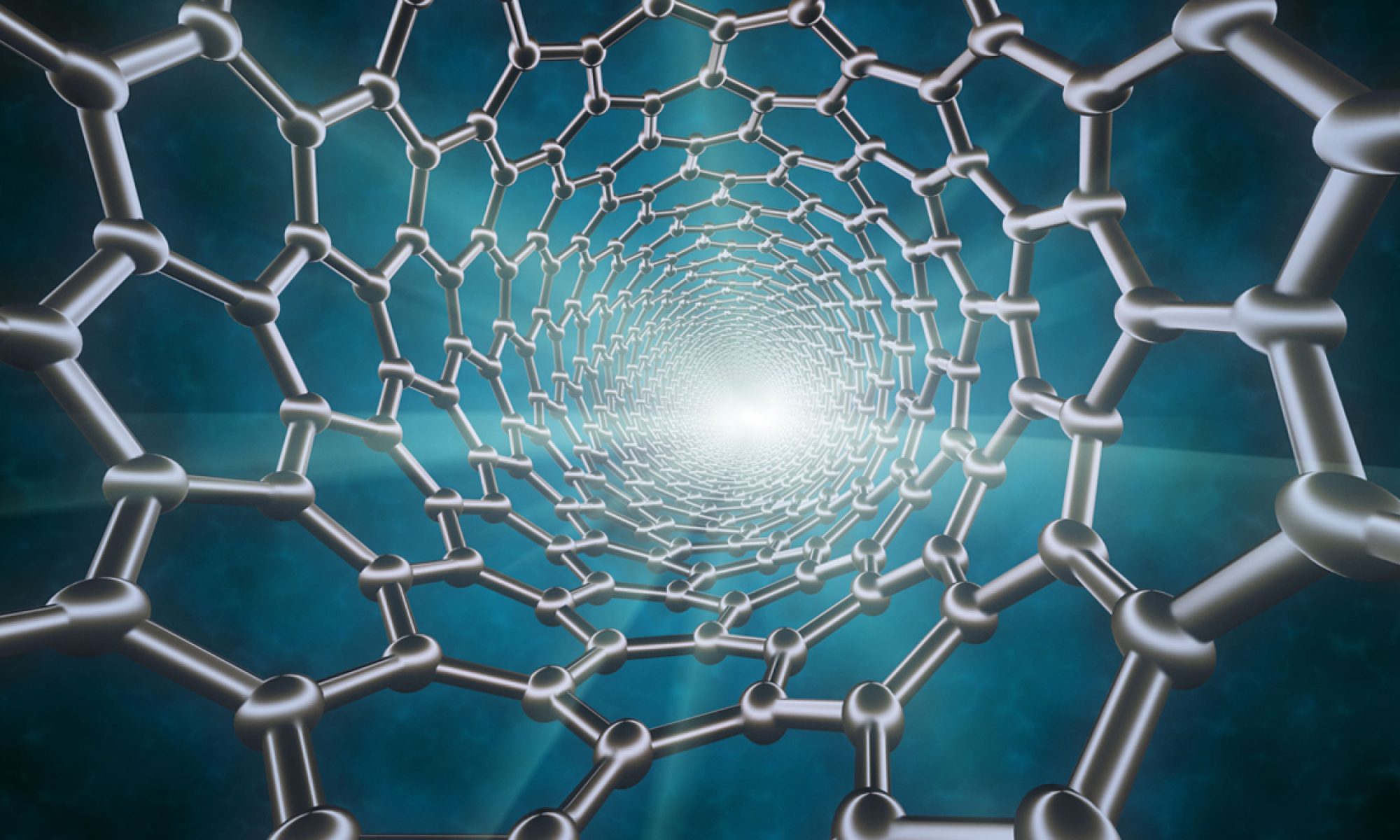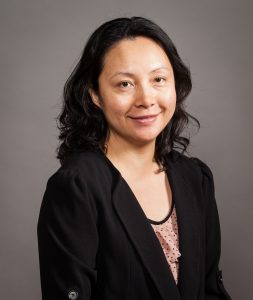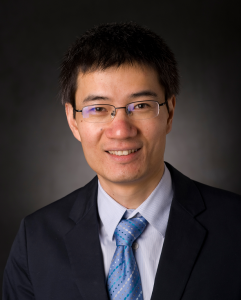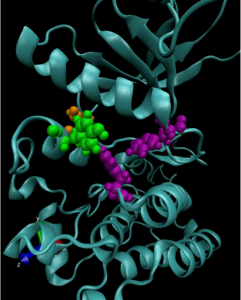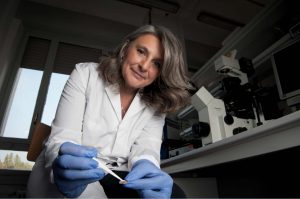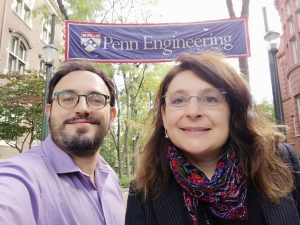We hope you will join us for our final seminar of the spring semester!
Speaker: Lea Goentoro, Ph.D.
Professor
Biology
California Institute of Technology
Date: Thursday, April 22, 2021
Time: 3:00-4:00 PM EDT
Zoom – check email for link or contact ksas@seas.upenn.edu
Abstract: Can limb regeneration be induced? In this talk, I will discuss our work to promote regeneration in animals with limited regeneration capacity. I will present our recent discovery of a strategy for inducing regenerative response in appendages, which works across three species that span the animal phylogeny. In Cnidaria, the frequency of appendage regeneration in the moon jellyfish Aurelia was increased by feeding with the amino acid L-leucine and the growth hormone insulin. In insects, the same strategy induced tibia regeneration in adult Drosophila. Finally, in mammals, L-leucine and sucrose administration induced digit regeneration in adult mice, including dramatically from mid-phalangeal amputation. The conserved effect of L-leucine and insulin/sugar suggests a key role for energetic parameters in regeneration induction. The simplicity by which nutrient supplementation can induce appendage regeneration provides a testable hypothesis across animals.
Lea Goentoro Bio: Lea Goentoro is a Professor of Biology in the Division of Biology and Biological Engineering at the California Institute of Technology. She holds a B.S. in Chemical Engineering from University of Wisconsin, Madison and a Ph.D. in Chemical Engineering from Princeton University. Prior to joining Caltech, she did postdoctoral training in the Department of Systems Biology at Harvard Medical School. Her work has been supported by the Damon-Runyon Cancer Foundation, the James S. McDonnell Foundation, the National Science Foundation, and the National Institute of Health.
